5 Health Benefits Of Cannabis Edibles Consumption
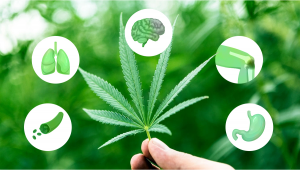
- 1. History of cannabis edibles
- 2. Eating cannabis is healthier than smoking
- 3. Helps insomnia, anxiety, and mental illnesses
- 3. a. Sleeping and anxiety issues
- 3. b. Mental illnesses
- 4. Inflammation and pain management
- 5. An alternative to seizures treatments
- 6. Safe gastrointestinal system
- 7. No affection on the lungs
- 8. How to make edibles at home
- 8. a. How to make cannabis-infused coconut oil
- 8. b. How to decarb your weed before making edibles
- 9. Conclusion and recommendations
Cannabis edibles are becoming increasingly popular because of their many health benefits and besides, they are tasty! Now you can find them at practically any nearby store and in many different forms, like candies, infusions, or baked goods. You’ve heard of the term, but what exactly are cannabis edibles? As the name suggests, these products involve eating cannabis, as opposed to smoking or vaping the herb. The practice of eating cannabis spans back thousands of years into human history, and doing so creates a very different effect. When it comes to weed, the route of administration rules the day. Whereas smoking leads to rapid onset, edibles take a much longer time to set in. However, many users think the wait is worth it. Why? Because it produces a much more pronounced experience. Chomping on cannabis sends the active constituents through the digestive system and the liver, giving rise to a compound that hits much harder than plain old THC. Below, you’ll find out everything you need to know about cannabis edibles, including their history and how they might help the body and mind.
1. History of Cannabis Edibles
However, marijuana-based foods and drinks have been consumed for centuries, even as far as 1000 b.c. They were used traditionally as a form of medicine in countries such as ancient India and China, and then by the 19th century, they were introduced into Western medicine to treat patients with various conditions such as digestive issues, anxiety, and pain. Cannabis edibles are now gaining back their territory in the medical field as more patients opt for natural ways to treat their health problems. To this day, there are already a total of 46 countries around the world that have approved the legal use of medical marijuana.
2. Eating Cannabis is Healthier Than Smoking
If you're new to the medical marijuana field, you may find yourself wondering how cannabis can positively affect your health. To begin with, cannabis has a wide range of compounds and its effects can vary a lot depending on the intake method. For example, when we smoke marijuana, we are absorbing it through our bloodstream, getting a more immediate effect but also for a shorter period of time. When ingesting cannabis edibles, we process them in the liver through our gastrointestinal system. This translates into more time for cannabis to take action but it also has prolonged and stronger effects than when smoked.

So, we could say that given the differences between both administration methods, there are different health affections on our system too. However, when it comes to consuming cannabis edibles, not only you dodge the downsides of smoking hemp but there are many health benefits associated with its consumption too.
Consuming weed by smoking or vaporizing, although these two also share a couple of differences, has shown to have a few negative effects on our bodies, given smoking is not good for anyone, no matter what it is that you are smoking.
Cigarettes and joints pose health risks because high temperatures are used to burn them. This combustion results in the creation of harmful byproducts known as carcinogens that are tied to cancer and other health conditions. While vaping uses lower temperatures to pull cannabinoids and terpenes from plant material, this mode of administration also poses health risks of its own.
By eating cannabis, users can sidestep the issues of inhaling smoking and vapor altogether. However, edibles come with their own set of challenges. Firstly, they take longer to set in. Secondly, oral cannabinoids have low bioavailability, meaning the body struggles to absorb them. However, manufacturers are addressing these issues by creating products that pass through the gut barrier much more readily. Let’s check some of the health benefits of cannabis edibles consumption listed below to find out if they are exactly what you need.
3. Helps Insomnia, Anxiety, and Mental Illnesses
Starting with the technical aspects, there are two main components found in cannabis: one called tetrahydrocannabinol -known as THC- and cannabidiol -CBD. The first one, THC is mainly responsible for the psychoactive effects of marijuana, causing feelings of relaxation and euphoria, and getting the ‘high’ effect. At the same time, CBD can have anxiety-relieving effects on the muscles and mind. Therefore, if you choose cannabis as a sleeping aid you should opt for THC-dominant strains. At this point, you should keep in mind one major aspect of different marijuana strains: whether they are Indica, Sativa, or Hybrids. To get an idea of how cannabis influences the human body, you need a basic understanding of the endocannabinoid system (ECS). Known as the universal regulator, the ECS helps the body remain in a state of biological balance known as homeostasis. The ECS features three distinct parts: Signalling molecules known as endocannabinoids, receptors that endocannabinoids bind to, and enzymes that build and break down these signaling molecules.
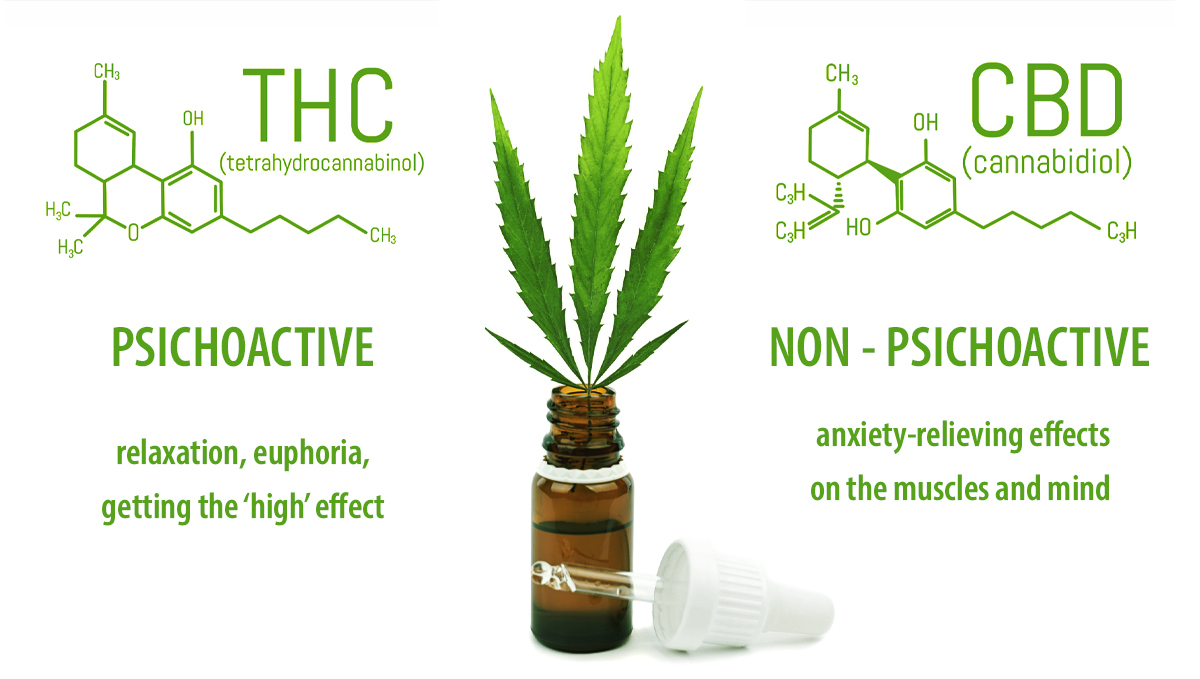
These components are found all throughout the body, from the central nervous system and immune system to the skin, bones, and muscles. The widespread nature of the ECS shows just how important of a role it plays in keeping things functioning properly. Key examples of homeostasis include the ability of the ECS to modulate neurotransmitter firing, bone turnover, appetite, energy metabolism, and mood. Interestingly, compounds from cannabis are known as phytocannabinoids (“phyto” means “plant”) and are able to influence the ECS because they share a similar structure to our endocannabinoids.
This means molecules such as THC are able to influence the most important regulatory network of the human body. THC works by binding to receptors known as CB1 and CB2. In contrast, CBD has a low binding affinity to these receptors. Instead, it works by changing the way ECS enzymes behave and thereby temporarily increasing endocannabinoid levels. Now that you’re more familiar with how cannabis constituents work in the body, let’s take a look at some of the benefits edibles might offer.
Sleeping and Anxiety Issues
Indica is the strain known for its soothing and relaxing properties, so this is the type of strain you should be looking for to treat your sleeping and anxiety issues. Sativa strains usually make people feel excited, happy, and energized so make sure you avoid it if you're trying to get some sleep. Lastly, hybrid strains contain a combination of different levels of Indica and Sativas, getting a more balanced effect between relaxation and energy.
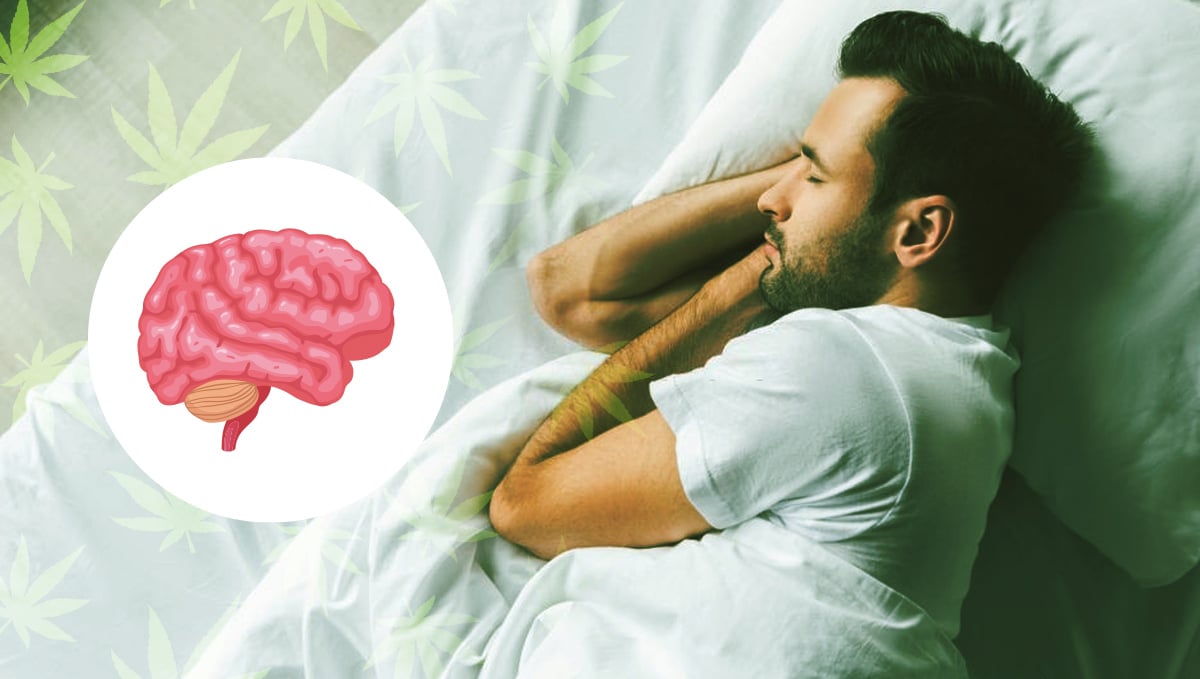
Besides the type of strain of choice, the administration method can make a big influence on the effects. When it comes to edibles, as we mentioned above, they provide a much stronger effect than when we smoke weed, and it also lasts longer. Therefore, taking cannabis edibles or infusions before heading to bed could help patients improve their poor sleeping schedule. For patients coping with anxiety issues, a small dose of marijuana could be the key to help them feel more relaxed.
Mental Illnesses
Another interesting aspect of cannabis edibles is its efficiency for the treatment of mental illnesses such as depression, or eating disorders like anorexia and bulimia. When marijuana acts on patients dealing with such conditions, it helps them let go of the controlling voice the mental illness present in their heads, allowing them to relax and get rid of the stress.

For example, taking cannabis is an effective way to help an anorexic gain back his/her appetite and let go of the guilt of eating that the illness produces in their brain. Besides, in case you aren't familiar with the term munchies, it is a very frequent effect to get extremely hungry and enjoy food to the fullest after consuming weed.
4. Inflammation and Pain Management
Another positive effect CBD is famous for is its pain relief and anti-inflammatory properties. Briefly and chemically explained, when CBD components present in the edibles reach the family of receptors called vanilloid - cells that receive stimuli - the interaction results in lower inflammation and lowers pain perception. This is the reason why many patients with chronic conditions choose to consume cannabis edibles on a daily basis as a more natural way to cope with their condition.
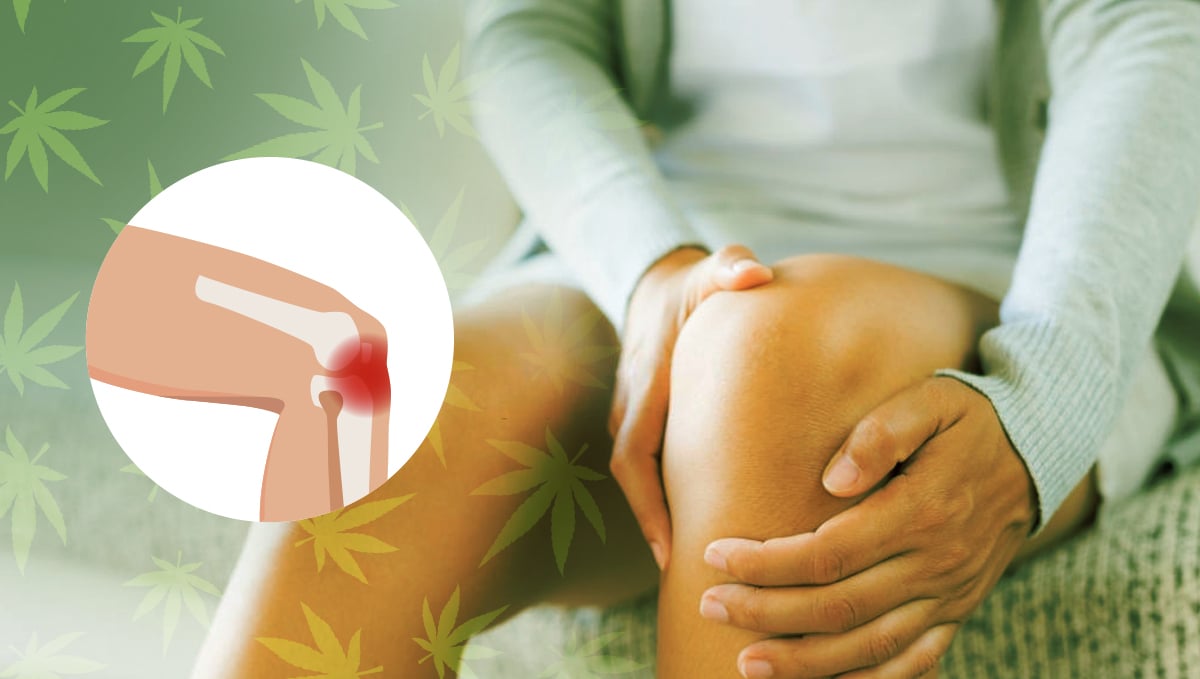
To this day, CBD oil and edibles have proved to be efficient for patients dealing with:
- arthritis
- chronic pain
- cancer
- fibromyalgia
- MS pain
- muscle pain
- spinal cord injuries and more
However, you don't need to be dealing with a chronic condition to test the pain-relieving properties found in weed. Many athletes and sporty people love taking edibles as a way to relax their bodies and recover after a hardcore workout.
5. An Alternative to Seizures Treatments
Due to its anxiety relief and corporal relaxation effects, cannabis edibles have shown to work well as an alternative treatment to seizures. This is due to its THC-CBD components working with their properties on the patient’s brain and body, helping them to cope with their symptoms. Although more research needs to be done, some studies showed CBD’s effectiveness to help control seizures in children. Besides, medical cannabis lacks the negative side effects found in traditional medicines used to treat epilepsy.
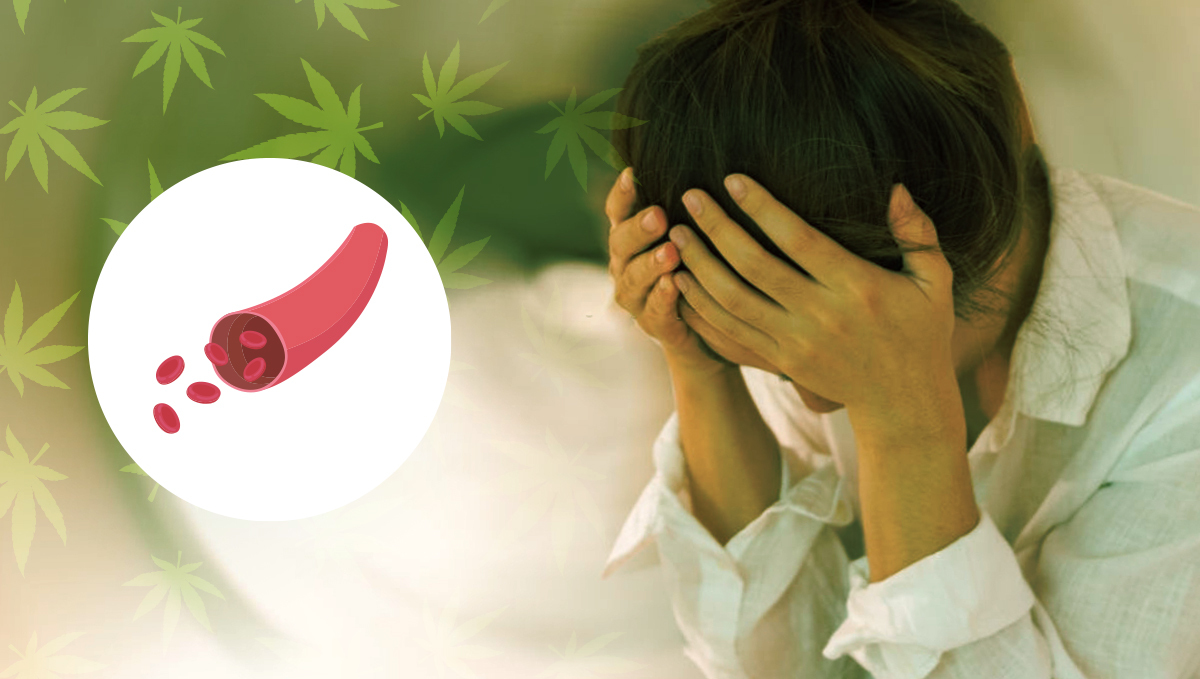
For this reason, marijuana edibles and infusions have become increasingly popular for the treatment of epilepsy, Parkinson's disease, and migraines. Furthermore, cannabis has been tested effectively for psychomotor dysfunction and spasticity associated with multiple sclerosis.
6. Safe Gastrointestinal System
How many times have you gotten a bad stomach after a week of taking medication to treat some other illness, such as a fever or a cold? It is one of the most common drug-induced injuries caused by prescription and over-the-counter medications. This is mainly the case for nonsteroidal anti-inflammatory drugs1. When taking these medications for a long period of time, some patients may face secondary effects, such as inflammation of the stomach lining (gastritis), ulcers, bleeding, and/or perforation of the lining.
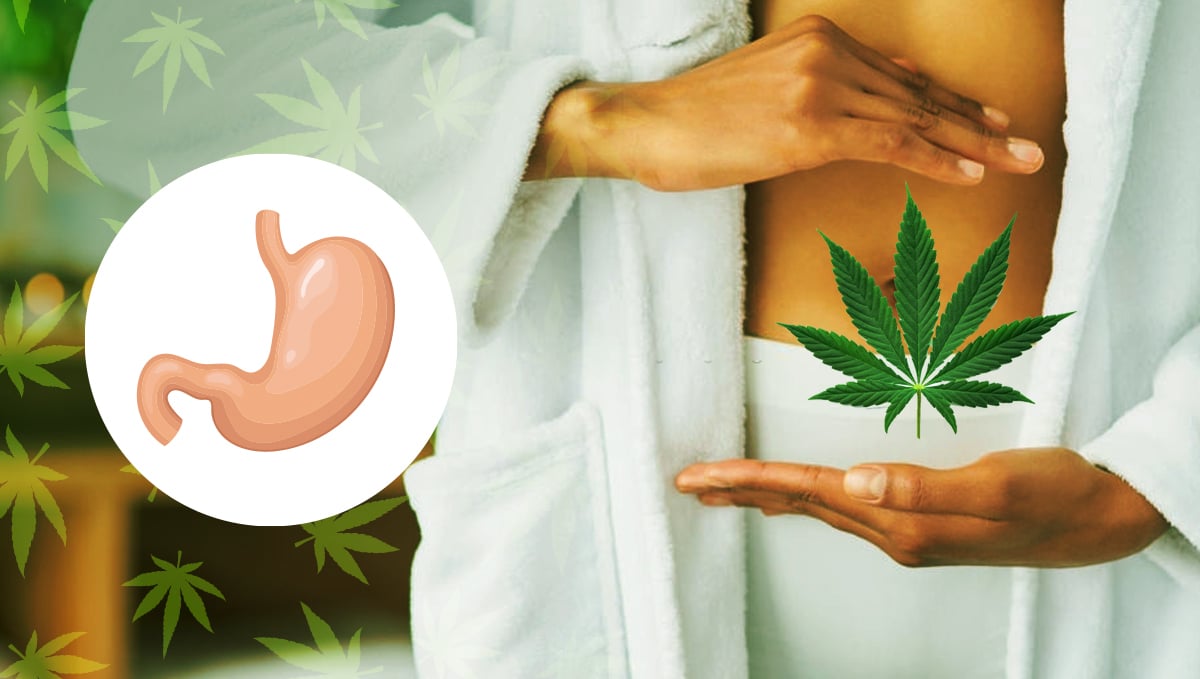
However, unlike these medications, cannabis edibles have not shown any signs of negative effects on the digestive system in consequence to daily intakes. And besides, edibles taste good which turns into a win-win situation for patients with digestive problems or chronic conditions. Once you take a first glimpse of the marijuana edibles world you’ll find there’s a whole new book of fun and tasty recipes to include to your diet, which will make the whole process of getting healthier a lot more fun.
7. No Affection On The Lungs
While smoking marijuana may have positive effects in our bodies and brains, we can’t omit the negative effect that the smoke may have on our lungs. Cannabis smoke is an irritant to the throat and lungs and can sometimes cause heavy coughing during its use.

Smoking marijuana also produces high levels of volatile chemicals and tar generated during the combustion process, which are similar to tobacco smoke, which could be associated with cancer and lung diseases. For this reason, many medical patients opt for cannabis edibles, which have zero affections on our lungs given they travel through the digestive system. Besides, cannabis edibles can also be used for the treatment of smaller children who aren’t old enough to smoke.
8. How to Make Edibles at Home
So there we have it. Pretty much everything there is to know about edibles...Except for how to make them! In this brave new world of cannabis legality, the edible options available for purchase are crazy. From the classic weed brownie, to super strong gummies, weed-infused drinks, energy bars, chocolates, beef jerky, dosed breakfast cereals for those among us who love a wake and bake (but don't like to smoke), pizza sauce, dried fruit, potato chips, medicated vodka - the list is almost never-ending and grows with every passing year.
But how about making edibles at home? Contrary to popular belief, making your very own edibles is actually really easy. Even if you have pretty much zero experience in the kitchen, you can easily whip up a batch of cannabis-infused coconut oil and create some seriously delicious and healthy ganja snacks.
How to Make Cannabis-Infused Coconut Oil
Ok, so this recipe will actually work with any oil (or butter), but we switched over to using coconut oil for our edibles a few years ago and have never looked back - for a few key reasons...
- Coconut oil is much healthier than butter, having numerous health benefits including being high in lauric acid, a medium-chain fatty acid that is known to provide a host of wellness benefits.
- Coconut oil is also incredibly versatile, with a long shelf life and great taste.
- It is vegan-friendly.
- It works great for both sweet and savory recipes.
- Cannabinoids are fat soluble. Coconut oil can actually hold more cannabinoids than butter, thanks to its high-fat content. Butter sits at around 60% fat, whereas coconut oil is closer to 90% fat, making it a much better option for cannabis infusion
- It tastes better (personal opinion, but most people agree)
There are a few ways to make cannabis-infused coconut oil, but we always go for the slow-cook option as it ensures the highest concentration of cannabinoids is extracted from the weed and into the oil. But before we move on to exactly how to make your own infused oil or butter, we have to quickly talk about decarboxylation...
Decarboxylation is a process that must take place before infusing cannabis into any recipe. Basically, decarbing your marijuana activates the cannabinoids in the plant and turns them into something that can be more easily digested by your body. Without decarbing, you won't get the desired effects from your edibles (you just won't get high, as the cannabinoids are not bioavailable through the digestive system until they have gone through the decarbing process). And hey, if you're gonna put in the effort - you might as well do it right.
How to Decarb Your Weed Before Making Edibles
Decarbing is super easy. All you have to do is
- Set your oven to its lowest setting. You want the temp to be around 230F or 100C. If your oven is hotter than this even at the lowest temp, just leave the door crack open slightly.
- Break the buds up into small chunks or just run them through your grinder.
- Line an oven tray with baking paper, spread the buds out evenly, and cover with aluminum foil.
- Place the tray in the preheated oven, and leave for 10 to 5 minutes.
- Flip the buds, then bake for another 10 mins.
That's all there is to it. The buds should now be dry, crunchy, and lightly browned. Once your bud is decarbed, you are ready to start infusing it into some oil. So, onto the recipe!
Ingredients
- 500 ml of extra virgin coconut oil
- 7 to 14 grams of decarbed cannabis flower or trim
- 3 liters of water
Equipment
- A slow cooker, or a large cooking pot
- A fine mesh metal strainer or cheesecloth
- A large metal or glass bowl
- A jar or container to hold your finished product. Anything is fine, as long as it is totally airtight
Method
- Add the coconut oil and the water to either the slow cooker or the cooking pot and bring to a boil.
- Once boiling, turn the heat down to the absolute lowest setting. You want the liquid to be around 90C before you add the weed. If you don't have a thermometer, no worries. Look for very small bubbles to be forming at the base of the pot, but not boiling.
- Once the temp is correct, add your weed and give it a good stir.
- The longer you leave it to infuse, the better. Anywhere over 6 hours is fine, but if you can go longer, do so.
- Remember to check the mix every 45 minutes or so to make sure the temperature hasn't risen, and give it another stir each time you check on it.
- Once the infusion process has finished, turn the heat off and let it cool all the way down to room temperature.
- Now it's time to strain. If you have some cheesecloth, great. If not, no big deal, just use a fine metal mesh strainer. To extract the oil, center your strainer or cheesecloth over a bowl and pour the mixture through it. When all of the liquid has been strained, give everything a good squeeze so that no more oil is left behind in the weed.
- Next up, place the bowl of liquid into the fridge or freezer. This will force the oil and water to split, and the oil will solidify on top of the water. Once it has fully split and solidified, simply remove the oil and get rid of the water.
- Reheat the oil slowly, and pour it into your jar or container.
There you have it - you are now the proud owner of a delicious batch of cannabis-infused oil, ready for use in all of your favorite recipes. This will keep for around a month in the fridge, or up to a year in the freezer. If you did have cheesecloth for the straining then there should be zero plant material left behind, which will mean it will last even longer.
9. Conclusion and recommendations
Marijuana edibles have shown to be effective to our health systems in many ways, proving to help us cope both with our physical and psychological conditions. However, there’s still so much more to discover as science makes its path into researching the not-so-new but returning medical ally: cannabis.
While more studies need to be done to gain certainty about the several health benefits that medical weed can provide us, we can't ignore the already evident positive results. Why not try them and see the benefits for yourself? Just remember to be careful and make sure you take the right doses of edibles!
EXTERNAL REFERENCES
- Nonsteroidal Anti-inflammatory Drugs (NSAIDs), Ida Ghlichloo and Valerie Gerriets, 2020 - https://www.ncbi.nlm.nih.gov/books/NBK547742/










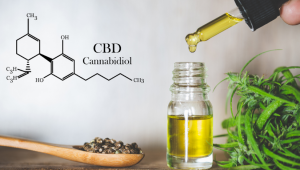
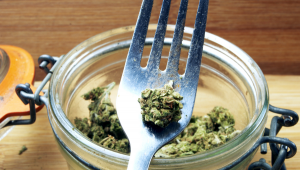


Comments